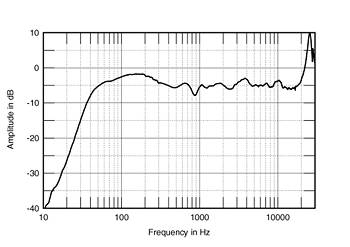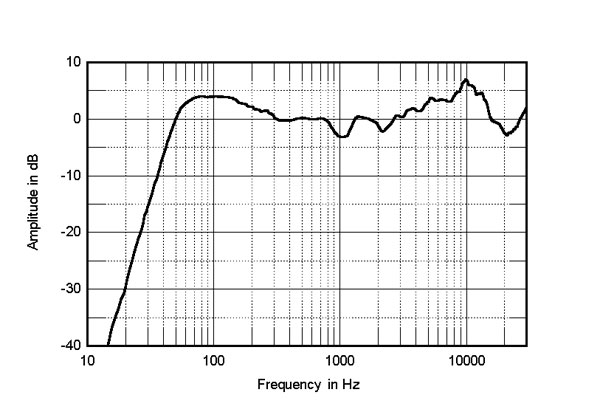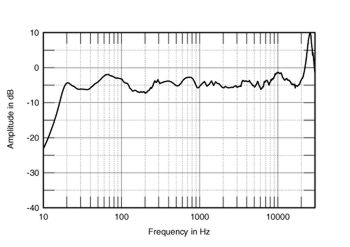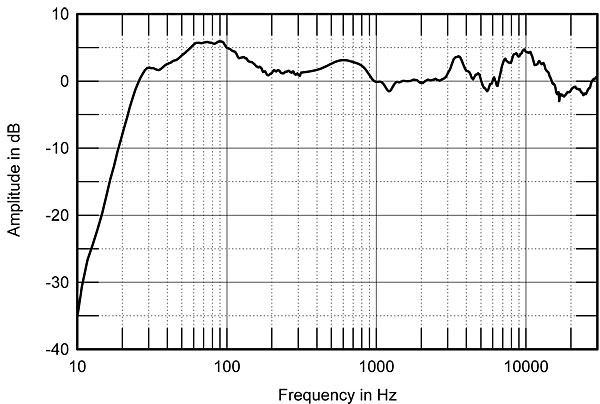Of couse I and many can accept that even nowadays, measurements can’t predict 100% listener preferences. In fact they may never do, since human subjective variation is abysmal.
The issue isn't just human variation, but also the circle of confusion, and our incomplete understanding of how to translate 4-dimensional measurements of loudspeakers in a room (let alone looking at anechoic 2d charts and trying to predict how it'll perform in a room) into listener preference.
But dont try to trick me into thinking a big dip around presence region is a good thing,
You can believe what you want. But the fact that multiple, independent manufacturers and engineers have included a presence dip over the decades should at least clue you in to the fact that there is merit. I've even eq'd my genelec 8351b monitors to have a presence dip and match the treble response of my B&w floorstanders and I actually prefer it in the room that they're in.
or a very big peak through midrange/treble is fantastic, or desirable.
The existence of either one won’t mean the speaker doesn’t sound good as a whole, but it rules out the merit of being the reference/perfection.
Reasonable people often look at measurements of DACs and amps and assume that a flat horizontal line is also desirable with transducers. Consumer Reports made that same mistake years ago and thankfully the Harman team corrected them with actual research. The problem being, of course, that Consumer Reports was interpreting the sound power curve, which we know now should be sloped downwards. And we also know now that the range of curves when looking at a target in room response isn't even a straight line, it's a bendy curve.
So consider the fact that just because an FR measurement of a speaker isn't a perfectly straight line, it doesn't necessarily mean it isn't going to sound excellent in your living room, particularly if you aren't being clear about which measurement (I.e. Anechoic on axis, listening window, sound power, etc) you're interpreting for flatness to begin with.




